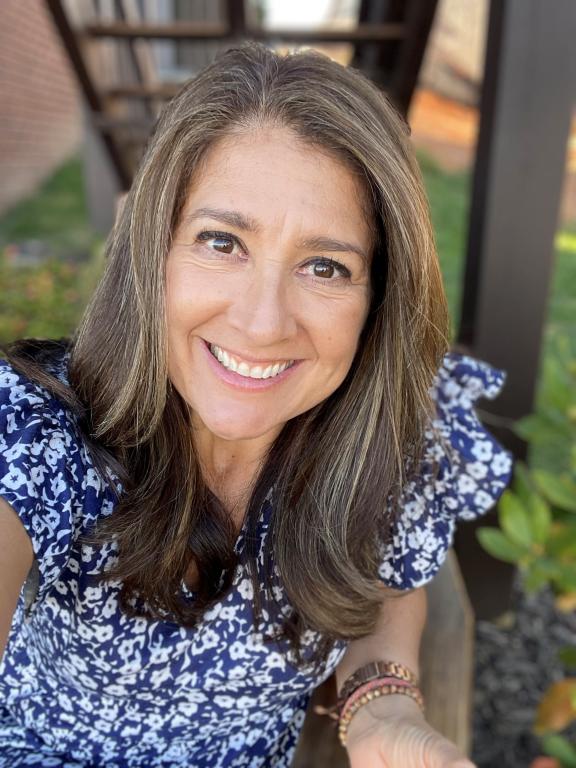Managing day-to-day operations, staffing the phones, handling emails, preparing documents and presentations, scheduling, managing calendars, screening, ordering, networking, communicating, supporting. If this sounds like a lot, it is. It is what the Department of Energy’s Oak Ridge National Laboratory administrative assistants do daily. They are, in a word, indispensable. In recognition of their work and in their honor on Administrative Professionals Day on April 26, ORNL Communications talked with some of them, and here is one of their stories, just a small representative sample of the people who help keep ORNL running.

Ana Robbins moved to the United States after getting her business degree in Colombia in 1998, with one of her goals to learn English. She went first to Boston, but there were too many Spanish-speakers, and she was not learning fast enough. She moved next to Tennessee, where she worked as a bank teller and in real estate.
English proficiency came quicker then, and she found a career at ORNL. Ana has been at the lab since 2010, first as a temporary employee then as ORNL staff with the nuclear materials group in the Materials Science and Technology Division for two years, moving later to the Scanning Transmission Electron Microscopy and Microscope Microanalysis group, in the Center for Nanophase Materials Sciences.
That was 13 years ago after being in the U.S. 10 years. Yet, Ana said, she feels like she has family here at ORNL – welcome additions to her Tennessee and Colombian family members.
“I love it,” Ana said. Although she has a husband and daughter, “the scientists in these groups, I feel I have become part of their families. I have seen their families grow. I am involved with them. They have become part of my extended family,” she said.
Ana finds the many different types of work keeps her job interesting. “Here, my responsibilities include procurement, welcoming visitors, organizing meetings, travel, and much more. There is so much variety. And the variety in the people is fascinating. I just love that!” she exclaimed.
While she wants to stay in her current role, she also wants to grow in her job, because she enjoys it so much.
What spells success? “We have so many resources, so much training. If you are using that, it will guarantee you will be successful,” she said. Also, she has found that the ability to adapt to different personalities and nationalities is a useful skill.
And of course, “You have to manage your time wisely, and be detail oriented,” Ana said.
Ana is also thrilled with the diversity in her directorate.
People are from all different cultures. Lunch time is fantastic; you see folks from all over the world. This makes it a wonderful place to work
Her advice to anyone starting out: “Improve your knowledge where you can. There are many opportunities,” Ana said, adding that YouTube videos can be very helpful in addition to the ORNL training modules.
On the shelf under the window in her office, Ana has several small black bears statues, the unofficial mascot of the Smoky Mountains. Every time she and her husband complete a Smoky Mountain hike or bike ride, she gets one to reward herself. She enjoys visits with her daughter and grandchildren in Chattanooga, and she also loves to garden. Taking care of two dogs, a boxer and golden retriever, and a cat, also keep her busy when not at the lab.
With her fulfilling work and rewarding home life, she cannot imagine doing anything else. — Lawrence Bernard
UT-Battelle manages ORNL for DOE’s Office of Science, the single largest supporter of basic research in the physical sciences in the United States. DOE’s Office of Science is working to address some of the most pressing challenges of our time. For more information, visit https://energy.gov/science.

